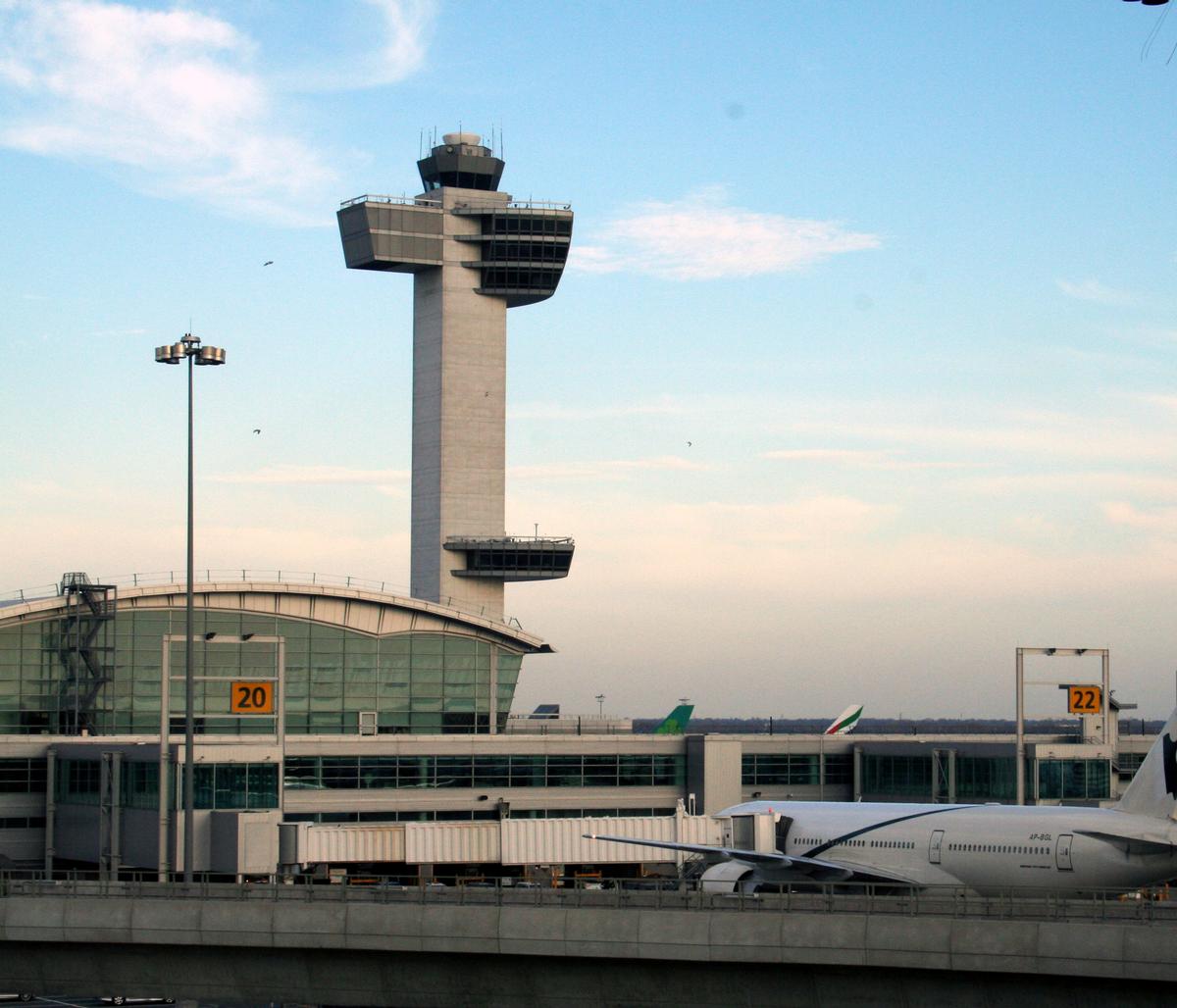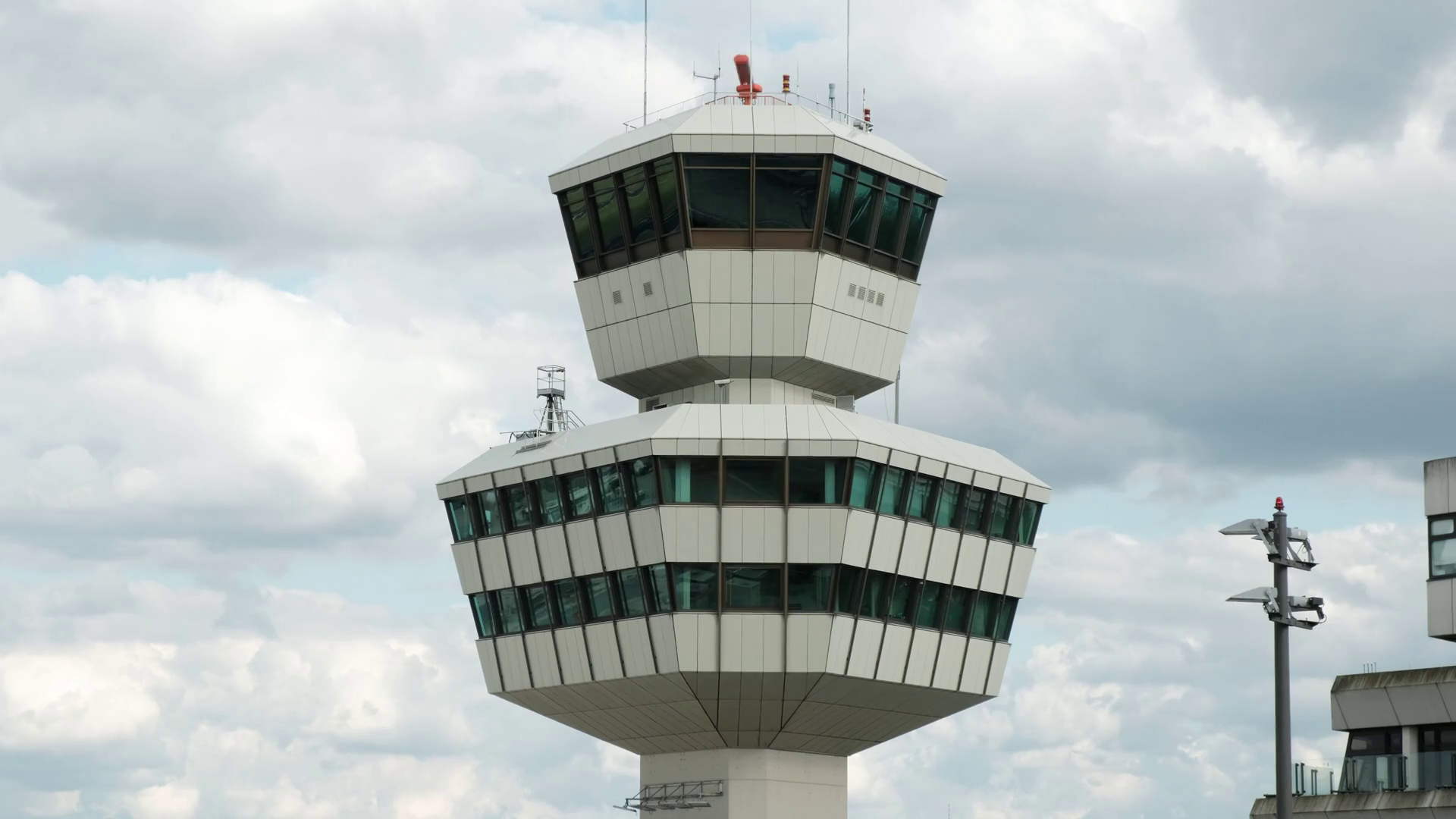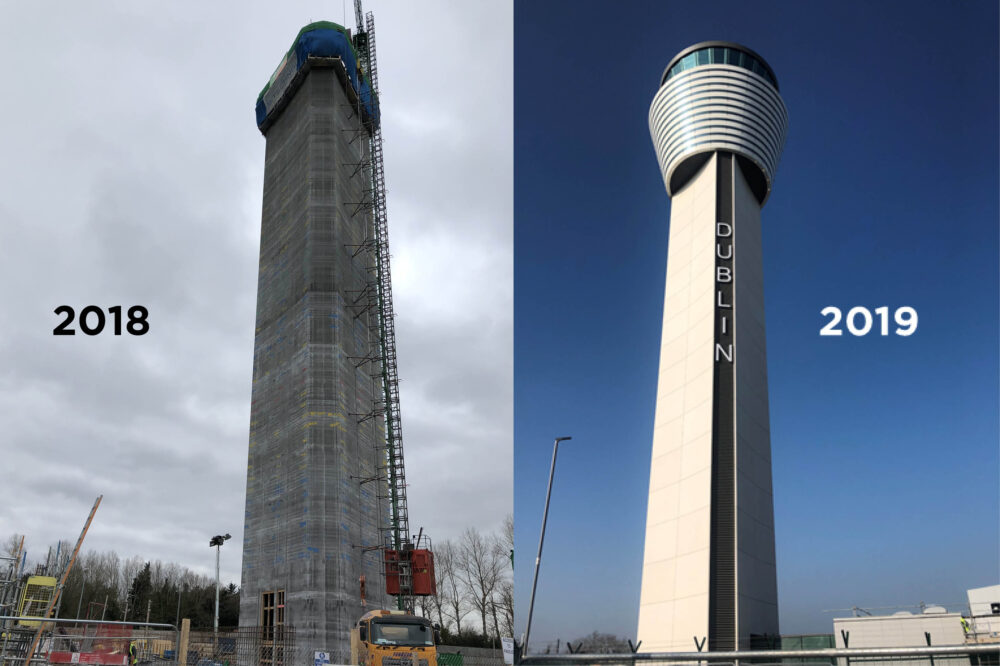


Challenges exists at the intersection of TWY H. Hot Spot 1 is located at the intersection of TWY L and RWY 6/24.A complex taxiway system supports operations and the numerous FBOs that surround the field.This allows sufficient runway length to enable Land and Hold Short Operations (LAHSO). RWY 6/24 and RWY 1/19 intersect at the north end of the airport.TEB From the Flight Deck (FTFD) Video Notes Recreational Flyers & Modeler Community-Based Organizations.Critical Infrastructure & Public Venues.Certificated Remote Pilots including Commercial Operators.Legislation & Policies, Regulations & Guidance.Data & Research Subnav: Data & Research 1.
#Airport tower series

They establish discipline out of what sometimes is chaos by assigning a Sequence. Tower controllers apply the "rule of 3 S's".įirst "S". Chandler Tower is tasked with providing "safe, expeditious, and orderly" air traffic service. The primary purpose of the Air Traffic Control (ATC) system is to prevent a collision between aircraft operating in the system. The City of Chandler, in cooperation with the State of Arizona and the Salt River Project, constructed the permanent control tower in 1998. In March 1997, Chandler FCT reached a level of activity that would have qualified for level II status among FAA towers. The Chandler traffic has increased dramatically since the inception of dedicated tower service. Air National Guard TSW-7 Mobile Control Tower on the south side of Chandler Municipal Airport. Eight air traffic controllers reported to a temporary U. The Chandler FAA Contract Tower has been operational since the permanent tower was commissioned on July 13, 1998. FAA contract towers in Arizona include Laughlin-Bull Head City, Chandler, Flagstaff, Williams Gateway, Glendale, Goodyear and Ryan Field (Tucson). The FAA has validated that contract towers can be operated at nearly 50% less than a FAA tower. New towers, such as the one at Chandler Municipal Airport, have joined the growing number of contract towers, totaling 167 in all. Four companies were selected to administer the program. The FAA Contract Tower Program (FCT) was inaugurated in 1994 when 150 FAA Level 1 control towers were identified to convert to contract services. Like the non-federal towers, the soon to be FAA Contract towers would rely on non-federal controllers who are hired to provide air traffic services. They were pilot programs and forerunners of the FAA Contract Tower Program. The sole-source contracts were the beginning of a non-federal tower/FAA partnership program having FAA oversight.

Following the strike by air traffic controllers in 1981, the FAA entered into sole-source contracts with various airport sponsors to re-open control towers that were closed as a result of the strike. These private towers had little oversight conducted by the government. They were most commonly associated with private companies at private airports, such as the airport at Culver City, California, which was owned and operated by Howard Hughes. Non-FAA control towers existed during the period from 1936 to 1981.


 0 kommentar(er)
0 kommentar(er)
